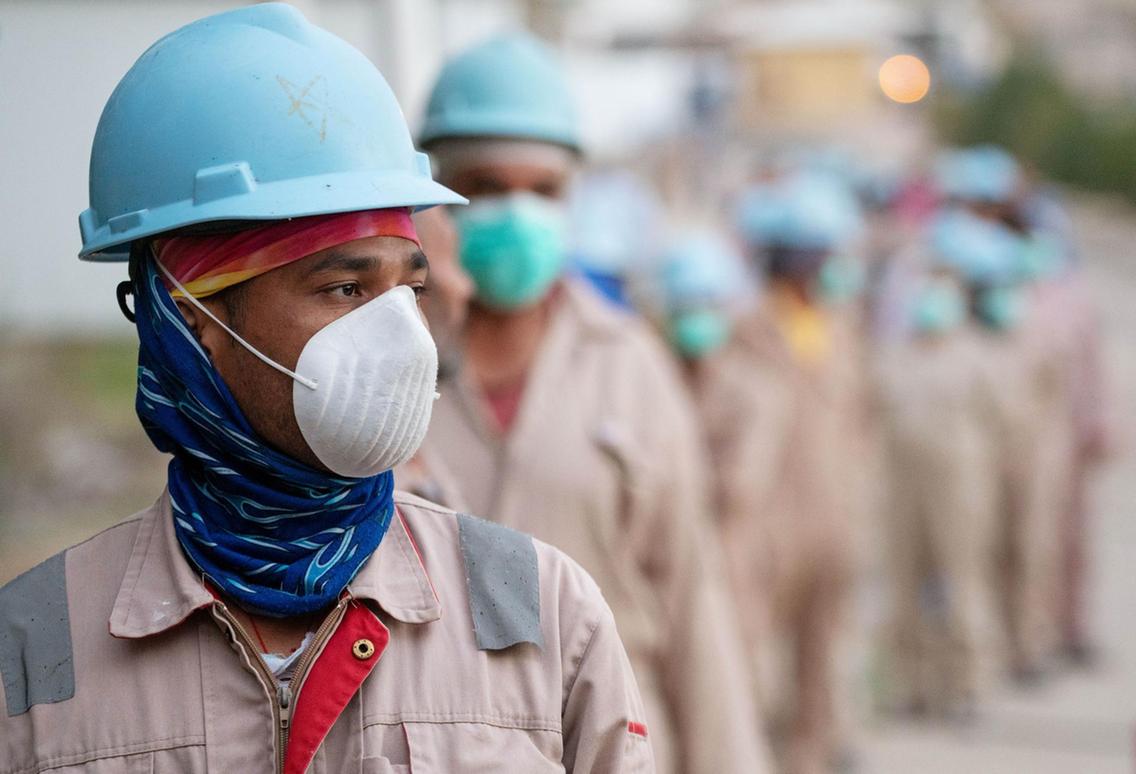There is no doubt that pictures of migrant workers walking back to their villages from major cities are distressing. There is also no doubt that the situation needs to be controlled as soon as possible. But there is a context to every problem that needs to be understood to solve it. And this one is no different. When the 21 days lockdown was announced by PM Modi, all of us Indians knew that it comes with its own set of costs- economic, social and emotional. And we all knew them. Each day, we must remember that this lockdown isn’t for leisure but to fight a war against a cross-border pandemic. Also worth noting that wars can’t be won by an army alone (in this case our health workers and essential service providers), but by all citizens collectively.
How are migrant workers thinking?
Thus, in war time, let’s understand ‘why’ this important challenge has come to us midway and ‘what’ can we do as a country to resolve it? The challenge definition is straight forward- hordes of migrant workers, that travel long distances from their villages to cities for work, are making extra-ordinary efforts to return to their family homes in the middle of this lockdown. From an individual standpoint, it may make sense to do. Thanks to India’s efforts, Covid-19 hasn’t spread at a pace that we have seen in western countries. With 1300 cases in a country of 1.3 billion, the probability of someone contracting corona virus is extremely low- 0.0001%. So, an individual is rational to think that corona won’t reach him.
However, if one steps back and considers the macro picture, things appear different. Given the contagious nature of Covid-19, it spreads fast, very fast. Even if one of the migrant workers ends up taking the disease to his village, the virus will impact rural India, that already suffers from relatively weak health infrastructure. So, a decision that may appear right from an individual standpoint, gets converted into a big wrong, if seen holistically and from a government standpoint. Hence, the government’s initial advise was not as much as possible discourage migration during these times and instead to facilitate all feasible support at doorsteps of migrant workers.
Four factors driving Migrant Workers
But that’s half the problem solved, what can we do with migrant workers who have already started heading back to their villages and are gathering on bus stations and state borders? Before answering that, let’s first analyse why are we seeing a sea of migrant workers on news channels? If Census 2011 data is extrapolated to 2019, there are nearly 65 million inter-state migrants in India. Nearly 1/3rd of work migrants are from two states- UP & Bihar, mostly men. With these data points in mind, any reverse movement is set to be massive and in one direction.
Irrespective of the scale, the key question is, what’s driving inter-state migrants to their villages even in the middle of a pandemic driven lockdown?’ Four factors appear to be at play here. I) Income and job challenges in cities due to temporary shutdown of various non-essential businesses, II) Emotional costs of staying away from family members in the middle of a crises, III) Difficult living conditions and cramped accommodations in cities, and IV) Insecurity in the absence of peer migrants.
Migrant workers tend to live in cramped lodging facilities in cities, a room is shared by 5-7 people to minimize rent and since it is mostly used only for night sleep. They rely on dhabas and street vendors for daily meals (that have rightly shut down as a corona prevention measure). Migrants go through all this hardship because they want to save as much as possible and send the remittances to their families in villages. In such conditions, spending full 21 days in cities is difficult. Further, there is little incentive to stay in a city accommodation when all peer migrants are heading back. All these four factors along with the low individual probability of contracting corona are influencing migrants to go back, irrespective of the hurdles that come their way.
Government’s logical response
With health risks on one hand and preferences of migrant workers on the other, the government has perhaps come out with the most logical solutions. Ministry of Home Affairs has instructed states to provide necessary shelter and food to migrant workers. Landlords have been ordered to not forcefully collect rent for one month and a mandatory 14-day quarantine has been ordered for all migrants who have left towns. This approach maximizes the welfare of migrant workers while minimizing the health risks. In a country of 1.3 billion, it is always easy to criticize and sensationalize. However, the best service we can do as citizens in this war-like period is to do our best and help solve problems that can help us win this existential war.
(The author is currently pursuing higher education and has keen interest in public policy.)
(The views expressed are the author's own and do not necessarily reflect the position of the organisation)

